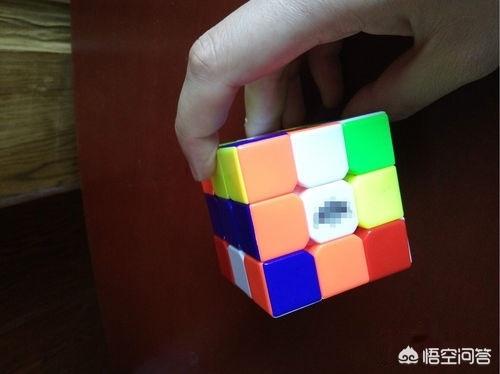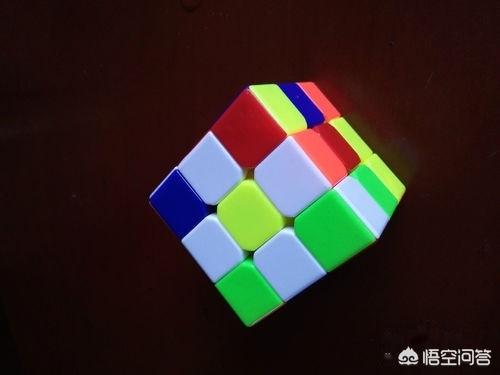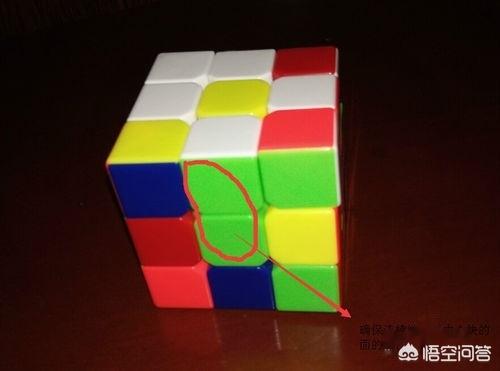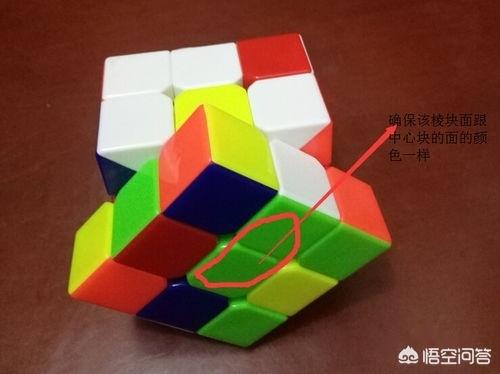元卿凌最新章节更新全本(元卿凌小说目录最新章节第1294)
itomcoil 2025-10-27 15:02 10 浏览
答:第55章。
权宠天下掉湖里是因为捡手帕而掉进湖里的。
《权宠天下》是由六月所创作的网络小说,又名医妃倾天下,元后传,连载于瓜子小说网、咪咕阅读。姐妹完结篇有《妃医天下》、《权宠悍妻》、《温意传》,《权宠京华》,新书《权宠天下》。
权宠天下简介:
北唐,楚王府凤仪阁。蜡烛摇曳,照影着房中处处张贴的半旧大红喜字,光影从烫金边散开柔和的芒荧,漫着墙上的一双影子。
元卿凌的脸上满是隐忍和不甘。成亲一年,他不曾碰过她半根指头,前天入宫,太后看着她平坦的小腹,叹了口气,甚是失望,且提起了娶侧妃之事,她才不得已告知太后他们成亲一年,还没圆房。
她不想哭诉告状,她只是,不甘心啊。从十三岁第一次见他,她的心便系在了他的身上,用尽了所有的办法,终于嫁给他为妃。本以为,再冷的石头,她也能捂热,可她始终是高估了自己。
《回到明朝当王爷》 作者:月光
小说讲述一天主人公忽然发现自己居然穿越了,而且还是穿越到了明朝,并且还是嘉靖前后,此时的明朝日渐衰微,主角需要用自己的智慧,勇气拯救这个大明朝,并最终成为一人之下万人之上的存在。但同时主角也需要小心你周围的那些人,因为主角的出现挡住了一些人的财路。
相关推荐
- 2021央视春晚免费观看重播
-
2021年央视春晚是以直播的形式呈现给观众的。春晚作为全球华人的年度盛会,通过直播能够实时传递节日的欢乐氛围,让观众在第一时间感受到精彩的节目。2021年央视春晚都是直播呀!现在都是现场直播。202...
- 中国机长电影完整版爱奇艺(中国机长电影在线播放)
-
讲述的正是新时代中国英雄的故事。博纳影业集团总裁于冬表示:“敬畏生命、敬畏规章、敬畏责任,团结协作共度难关,全力保护旅客出行安全,这就是中国民航人一直以来坚持在做的事情,他们就是中国骄傲!”。《中国机...
- 黄飞鸿之英雄有梦免费观看完整版
-
黄飞鸿系列电影的顺序是《黄飞鸿之一壮志凌云》、《黄飞鸿之二男儿当自强》、《黄飞鸿之三狮王争霸》、《黄飞鸿之四王者之风》、《黄飞鸿之铁鸡斗蜈蚣》、《黄飞鸿之五龙城歼霸》和《黄飞鸿之西域雄狮》。?《黄飞鸿...
- 你的名字日语原版(你的名字日语原版在线观看)
-
anatanonamaeha あなたの名前は《你的名字》原题:君の名は。(←你的名字。)まだ会ったことのない君を、探している(←我在寻找,还没遇到过的你)http://eiga...
- x档案第一季在线(电视剧x档案第一季)
-
前联邦探员丹娜·斯科莉(吉莲·安德森饰)调任某教会医院担任医师,福克斯·穆德(大卫·杜楚尼饰)则过着隐居的生活,继续着对超自然现象的关注。某天,FBI探员前来请求他们的帮助。原来一段时间内,维吉尼亚州...
- 匆匆那年第二部免费观看(匆匆那年2全集在线观看)
-
开机时间是2014年。《匆匆那年》改编自九夜茴同名畅销小说,由姚婷婷执导,杨玏、何泓姗、白敬亭、蔡文静、杜维瀚主演。该剧以方茴和陈寻的爱情故事为主线,描述了80后一代人的情感与生活历程,还原了80后一...
- 哆啦a梦2025剧场版(哆啦a梦2025剧场版什么时候上映)
-
目前还没有确定《哆啦a梦》电影的2023上映时间。目前还没有任何官方消息确定《哆啦a梦》电影的2023上映时间。可能是因为电影正在制作中或者还没有公布上映计划,没有任何相关的消息或者宣传活动。《哆啦a...
- 五月的青春结局(五月的青春结局剧情)
-
电视剧《五月的青春》其实是一个悲剧,最后男主一生都没有结婚,他一直在不停地寻找着自己的真爱女主,可是女主在结局的时候早已经死了。女主是一个呆萌的护士,她很是善良,曾经路见不平救过其他的人,就是在这个过...
- 中央14少儿频道直播(中央14少儿频道直播在线观看)
-
《动画梦工场》是中央电视台少儿频道推出的动画栏目,每期时长30分钟,由小鹿姐姐(郏捷)和跳跳龙(三维虚拟人物)主持。该栏目着力打造中国国产动画的品牌形象,播放的都是完全中国制造的、关于中国人物、讲述中...
- 这部电影的豆瓣评分是多少(电影 豆瓣 评分)
-
我个人偏爱警匪类,比较喜欢:秘密森林、信号、机智牢房生活、特殊失踪专案组:失踪的黑色等。秘密森林讲述了儿时经历脑部手术失去情感神经的天才检察官黄时木(曹承佑饰)8年来在腐败的检查厅内一直孤军奋战,直...
- 原来你还在这里电视剧全集免费
-
2017年9月拍摄的。《原来你还在这里》是林玉芬执导,金国栋编剧,杨子姗、韩东君、李程彬、苏青、蓝盈莹、檀健次和温心等联袂主演的现代都市情感电视剧。有小说是辛夷坞的作品魔道祖师原著中魏婴魏无羡和蓝湛蓝...
- runningman2015完整视频(runningman2015完整版)
-
2015年4月12号的那期好看,收视率高。该节目致力于打造一个不同于Realvariety的新型态娱乐节目。每期有不同的主题,由不同的嘉宾参演,分为不同的队伍进行比赛,通过完成各种游戏任务,最后获胜...
- 2012世界末日完整版在线观看
-
7.34亿美元2012北美票房1.61亿美元,其他地区票房5.72亿美元。影片于2009年11月13日在全球同步上映,上映首周的周末三天全球的票房为2.25亿美元,其中北美票房6500万,海外票房...
- 一周热门
- 最近发表
- 标签列表
-










